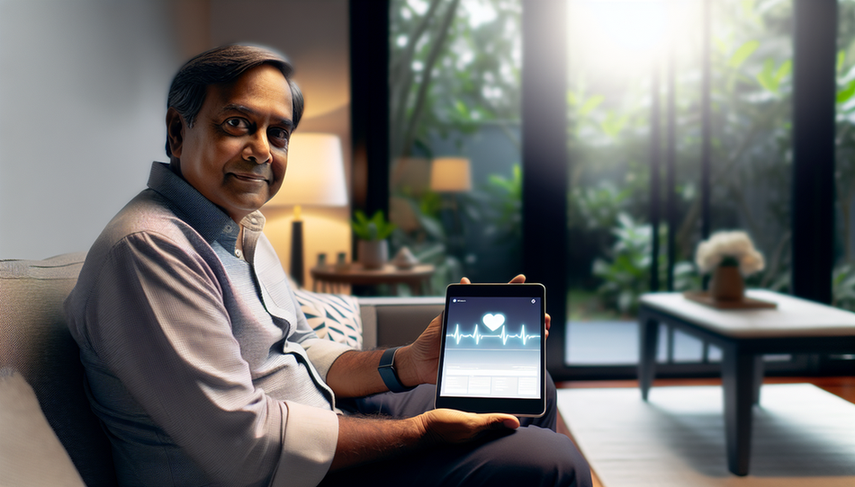Effective Remote Cardiac Monitoring: Telecardiology and Remote ECG Diagnosis from Anywhere

Telecardiology has emerged as a crucial tool in the management of cardiovascular diseases, enabling remote diagnosis and effective cardiac monitoring from anywhere. This technological advancement not only enhances the quality of life for patients but also optimizes the use of medical resources by reducing the need for in-person visits. In a world where connectivity is increasingly accessible, telecardiology offers an effective solution for the continuous monitoring of patients with implantable devices and chronic conditions.
Diving Deeper into Telecardiology and Remote Diagnosis
Remote monitoring of implantable devices, such as pacemakers and defibrillators, has proven to be an effective strategy for the early detection of adverse events and the improvement of clinical outcomes in patients with heart failure. A recent study highlights that telemonitoring can reduce mortality and hospitalizations due to heart failure, thereby improving patients' quality of life [1]. Furthermore, the classification of alerts using formal ontologies has shown potential to reduce alert fatigue in telecardiology, allowing for more efficient data management [2].
The implementation of hybrid telerehabilitation programs has also been evaluated, showing significant improvements in peak oxygen consumption and short-term quality of life, although without a significant impact on long-term mortality [3]. These programs combine remote care with home rehabilitation, providing a viable alternative for patients with mobility limitations or access issues to healthcare facilities.
Conclusions
Telecardiology and remote ECG represent a paradigm shift in cardiovascular healthcare, allowing for closer and more personalized monitoring of patients. Although there are challenges in implementation, such as alert management and the need for optimized communication protocols, the potential benefits are significant. The integration of these technologies into daily clinical practice can enhance healthcare system efficiency and provide more accessible and effective care for patients with heart diseases.
References
- [1] Remote Monitoring of Patients with Implantable Devices-Telemonitoring and Chronic Diseases
- [2] Remote Monitoring of Cardiac Implantable Devices: Ontology Driven Classification of the Alerts
- [3] Effects of a 9-Week Hybrid Comprehensive Telerehabilitation Program on Long-term Outcomes in Patients With Heart Failure: The Telerehabilitation in Heart Failure Patients (TELEREH-HF) Randomized Clinical Trial
Created 24/1/2025
